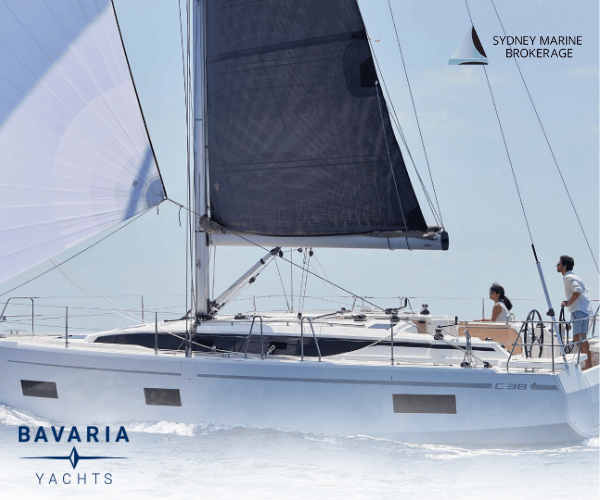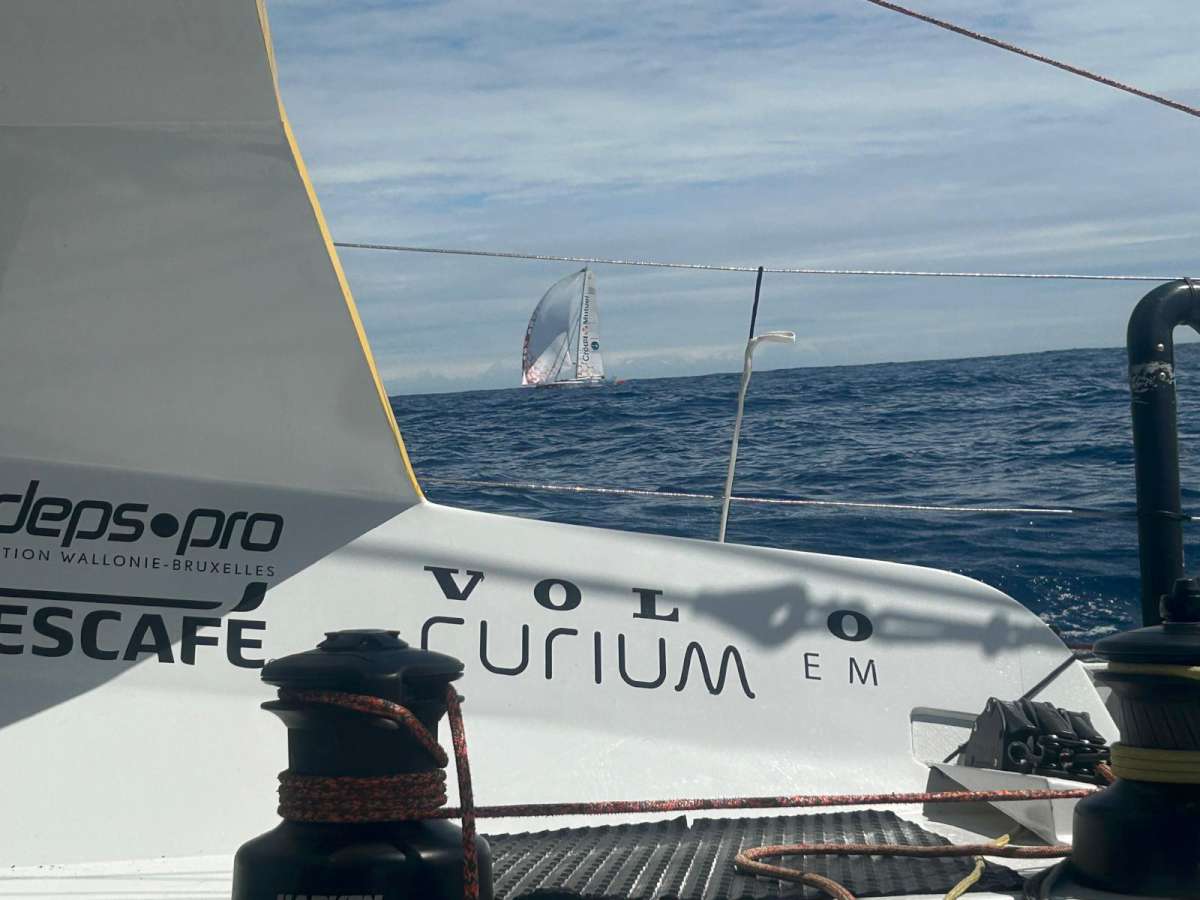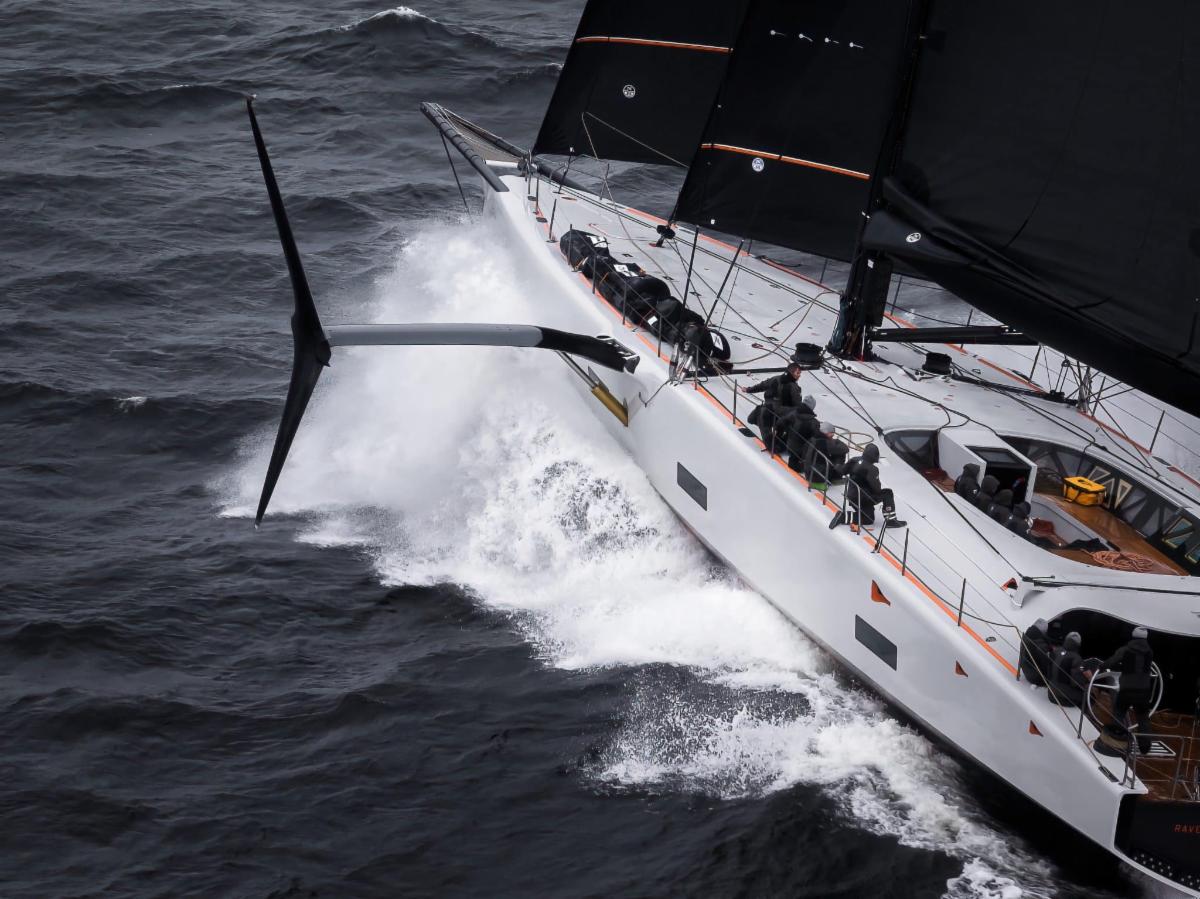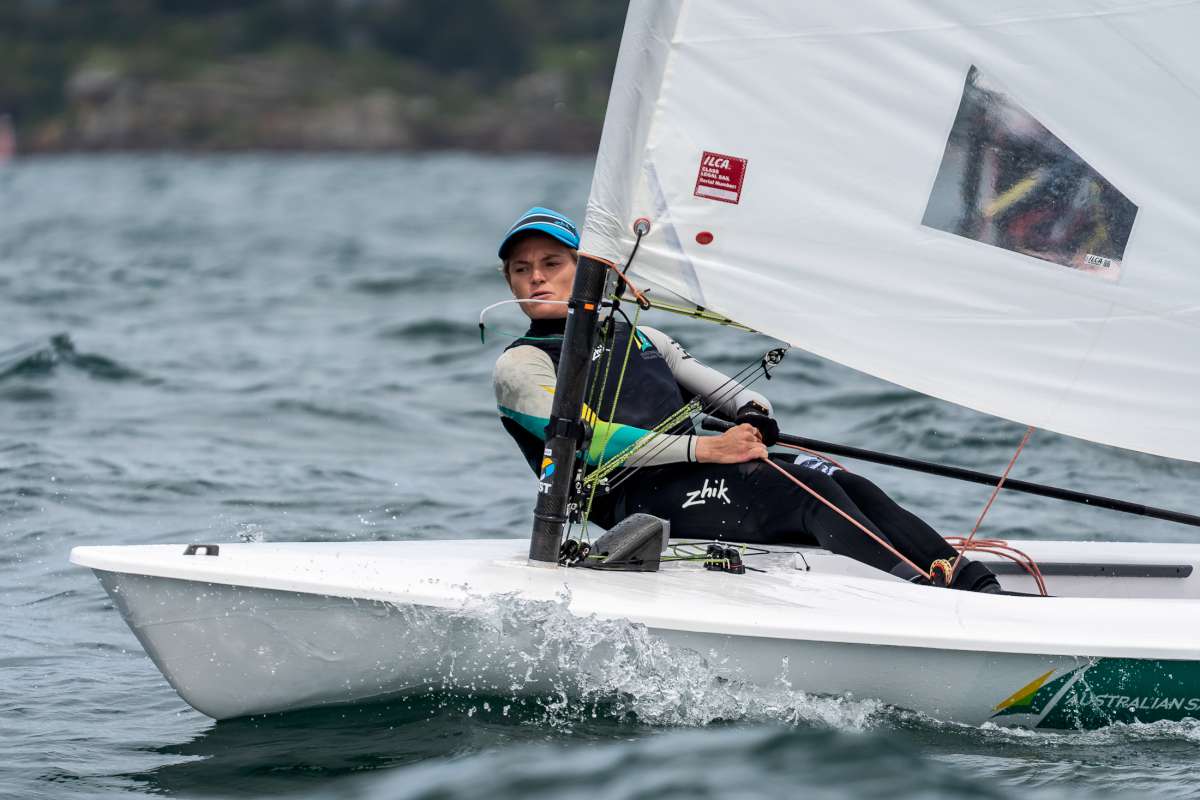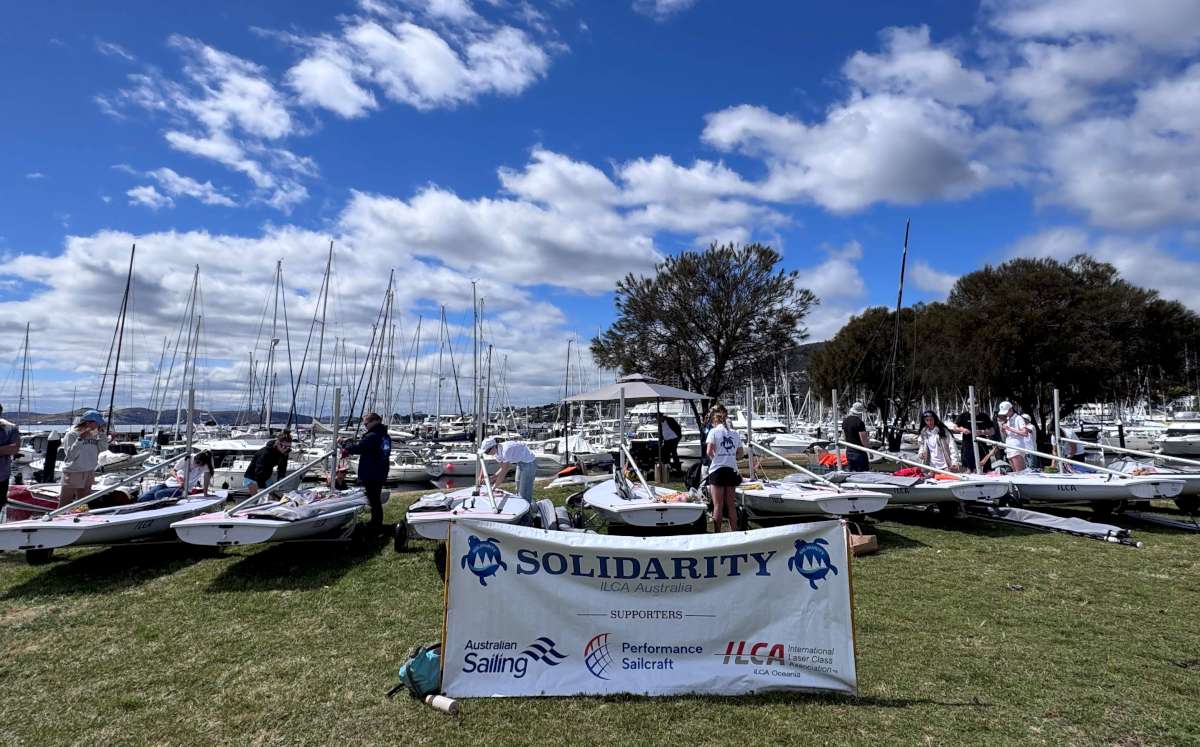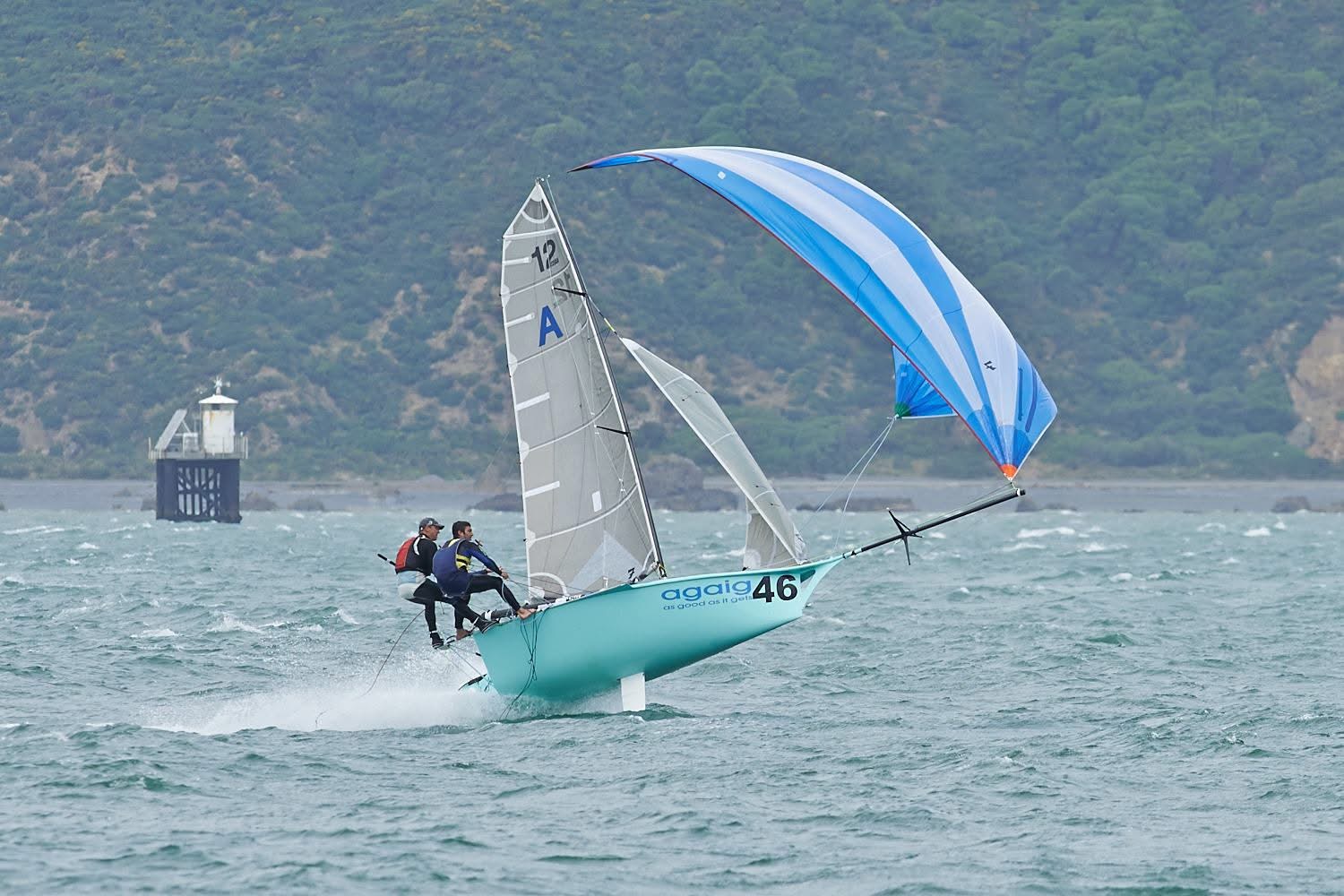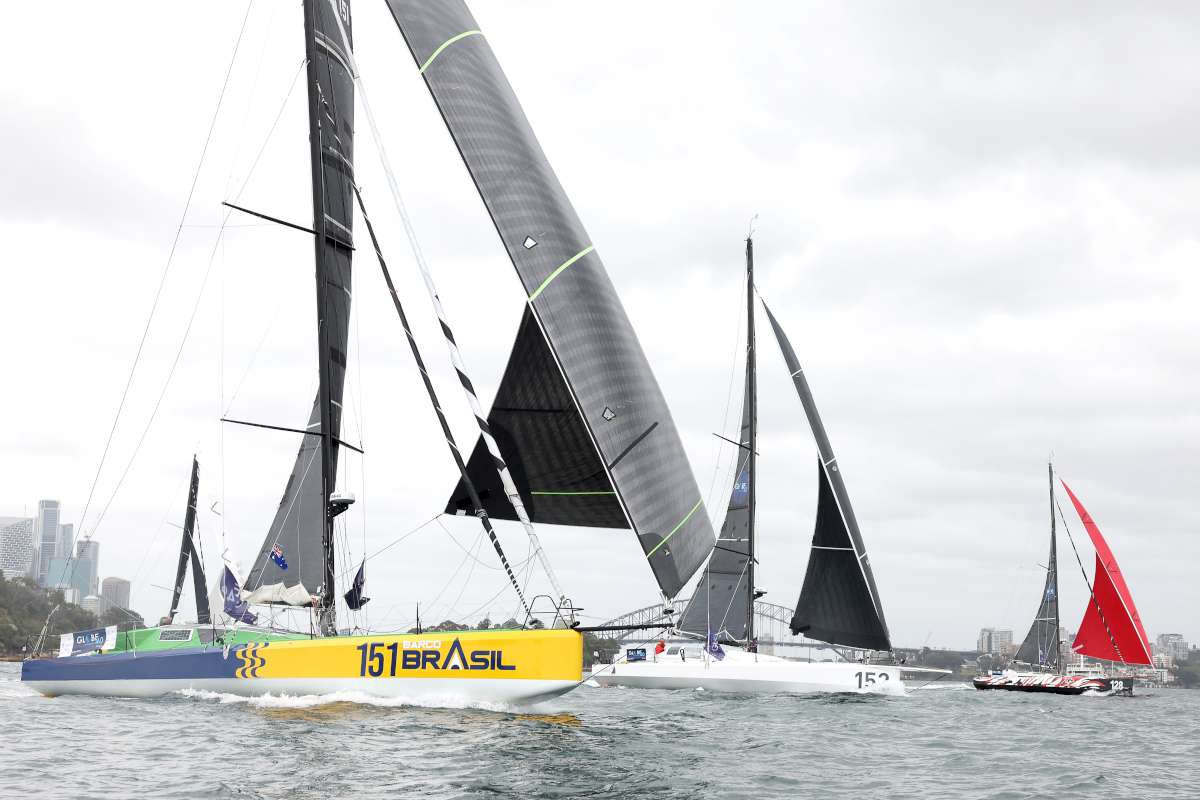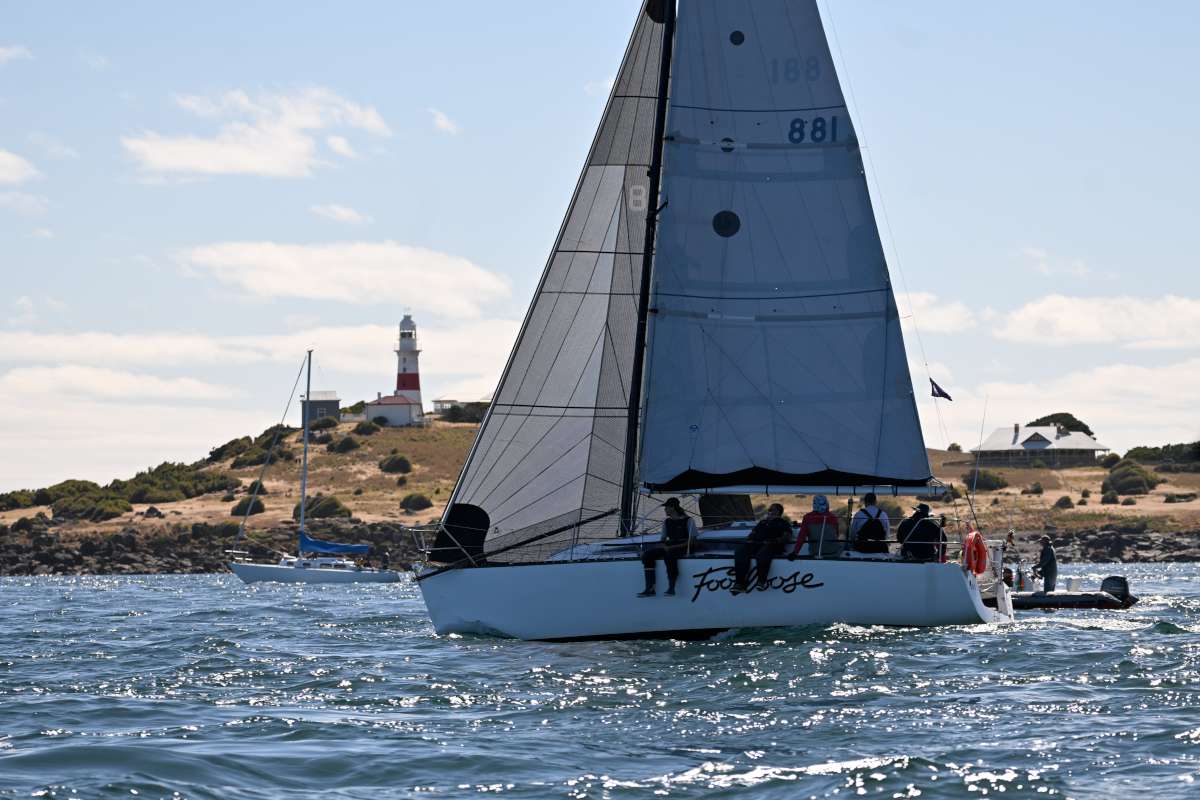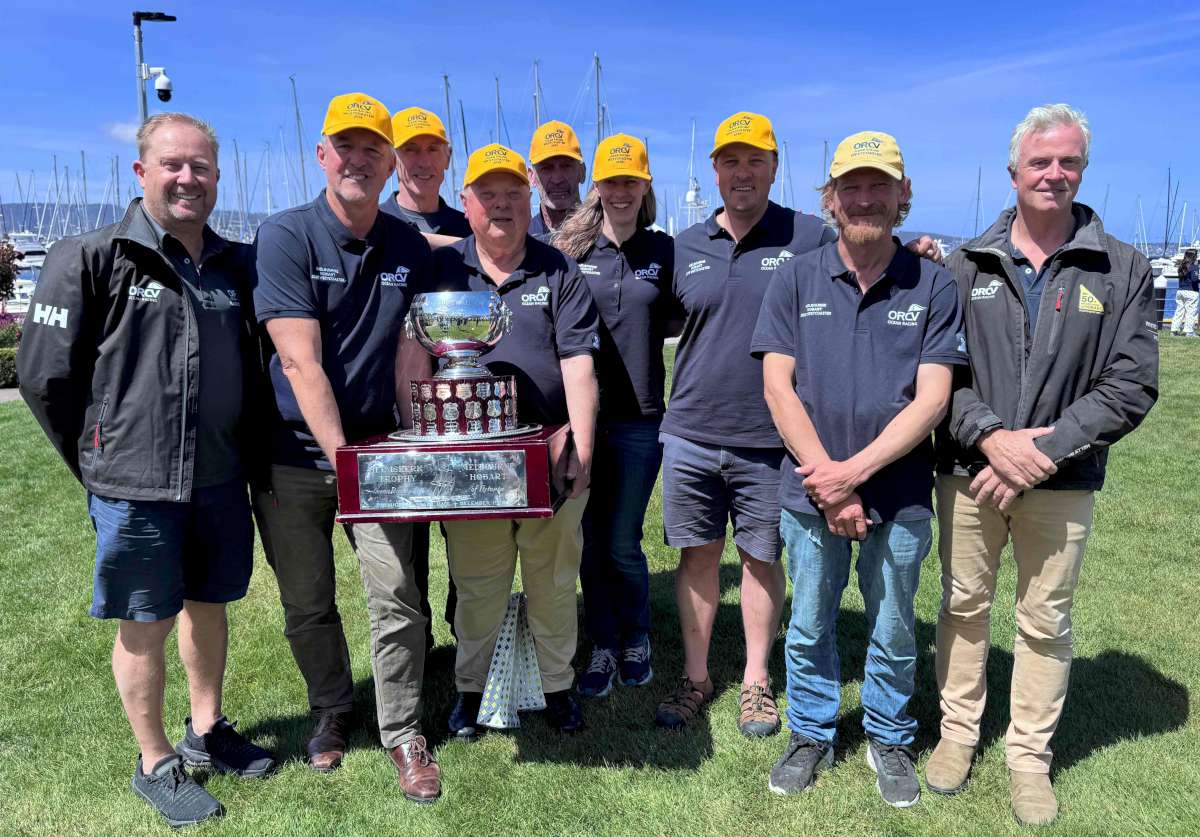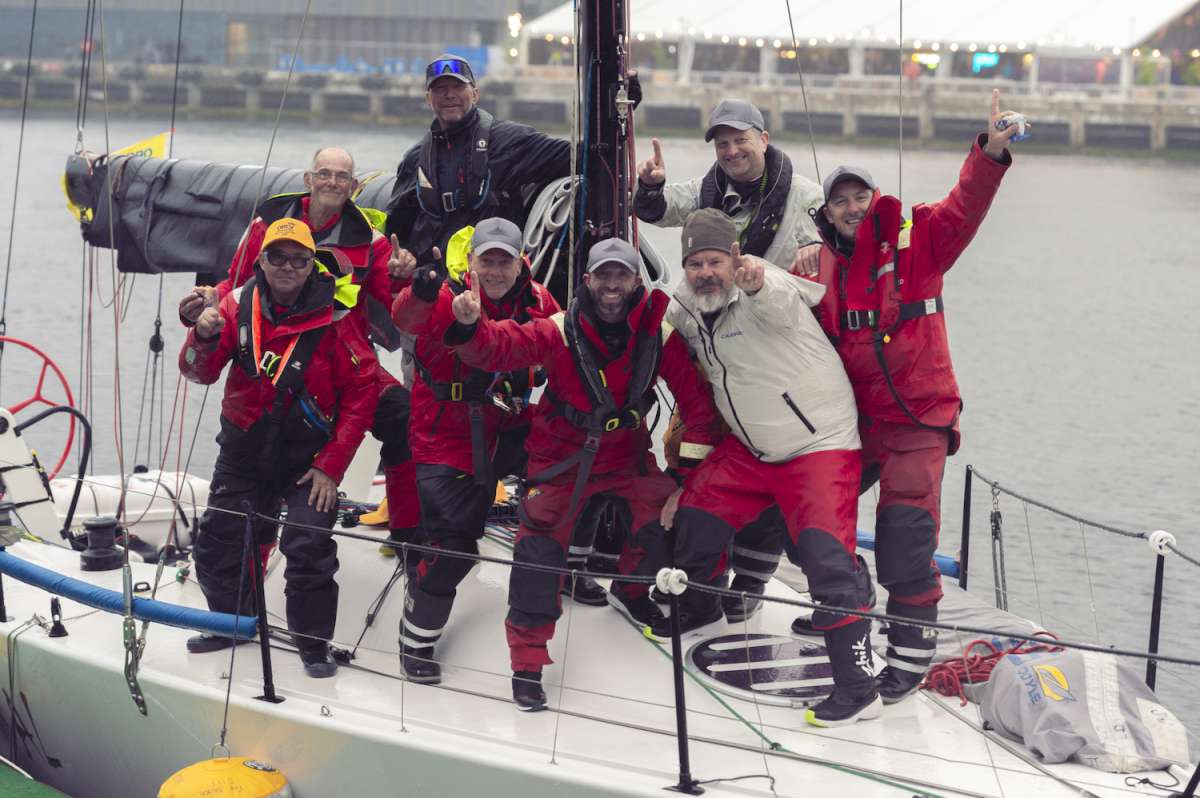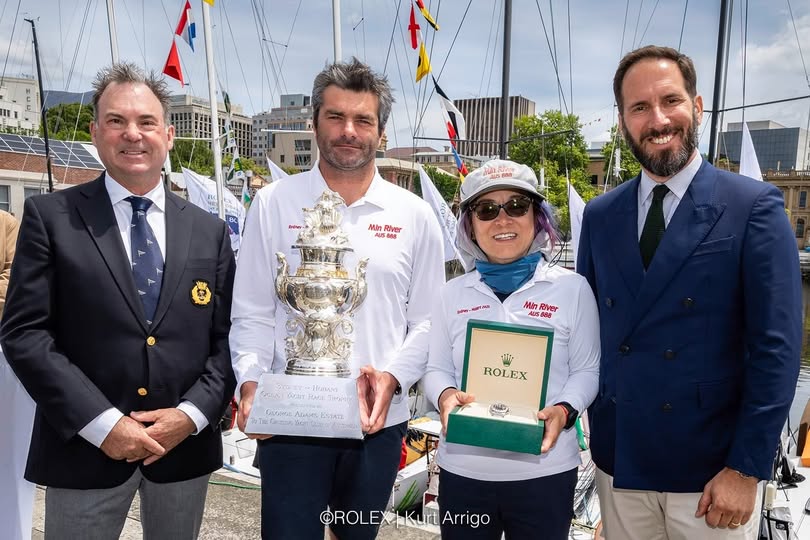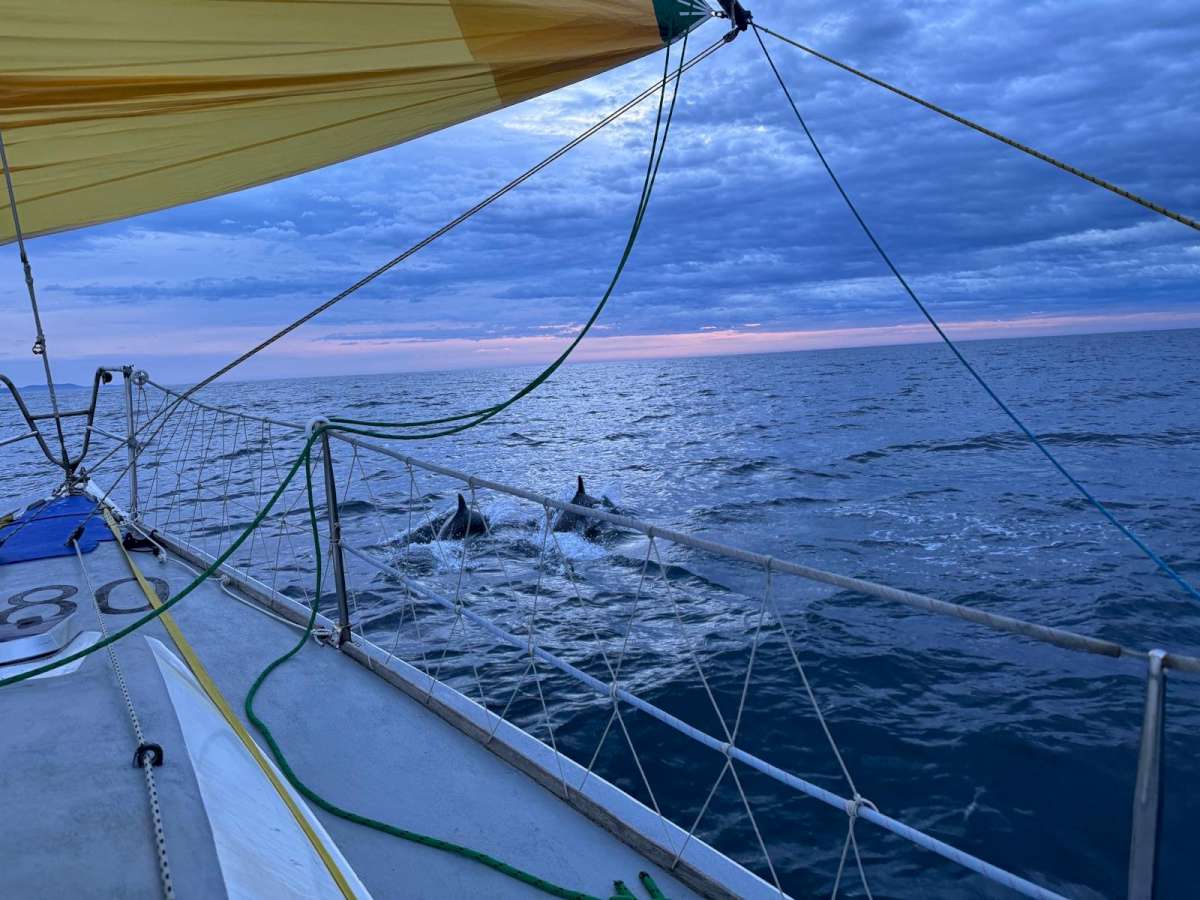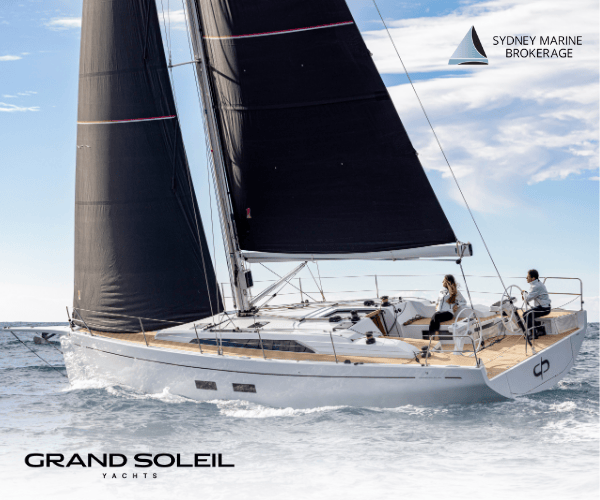Bievinedos Cuba! Talk about the best welcome to a country we have ever had to date.
After rolling around in a beam swell and dodging a few commercial ships who were oblivious of our sailing vessel, we safely passed through the narrow cut in the reef to clear in to Cuba at Marina Hemingway, Havana.
Once in the channel we were amazed to be greeted by the sound of live Cuban music over the loud speakers. Talk about a welcome to Cuba, our hips were already moving!
We soon learnt that this was not actually a tradition played for each arriving yacht, but some people were having an engagement party with a live band. Alas, we could only pretend they were playing for us.
Whilst we always planned on going to Cuba, after a seven week period in Florida completing some upgrades and maintenance on our boat, we made it a priority to go there sooner rather than in a few years time. As some people may be aware, the USA is working towards many changes in its relationship with Cuba. Many Cubans hope this will finally see the lifting of the embargo, which has been in place for over 50 years.
With the flood gates appearing to soon open to allow Americans to freely travel to Cuba (and therefore return to the USA without persecution), we wanted to see what is was like now, before the potential for McDonalds and Starbucks start popping up on street corners and everything else that entails.
Cuba lies a close 90 miles from Key West in Florida. Other than tackling the strong Gulf Stream that will see you set from east to west at up to 3+ knots, the sail there is pretty straight forward.
Most guide books and people will advise you to head as far west along the Keys as you can before turning south to allow for the stream. We turned when about 20nm east of Key West finding we had well and truly allowed enough for set.
If approaching from the US or Bahamas, there are three ports on the north coast where you can clear in. Marina Hemingway was the closest from the US and also the closest to Havana and from all research appeared to be the most straight forward from a clearance/paperwork point of view and importantly, also well marked. This made our decision easy.
The depth change is rapid approaching the shoreline, one minute 1500ft, the next 50ft and finally a minimum depth of 12ft (3m). If you line up while in deep water then you will find a straight, well marked, sufficiently deep and wide channel through which to enter in most conditions. Don’t forget to contact Marina Hemingway (try VHF16 and 68), who will advise you of any local conditions to be aware of. It should be noted that there are in fact quite a few horror stories about this entrance, mostly involving yachts coming in to the harbour for the first time in complete darkness, simply cutting off the safe water marker, or entering in large northerly swell. All winding up on the shallow reef which frames the entrance. Local sailors told us that there had already been two casualties in 2015.
Marina Hemingway has a designated wharf to clear in at where you are initially met by a doctor. Do not, I repeat do not, attempt getting off your boat even to tie the lines up, someone will assist.
All docks are also solid concrete with no protection on the edges whatsoever so good fenders are necessary. Once confirming to the doctor that we were not ill, he seemed more concerned about educating us about good health and hygiene practices to ensure we did not fall ill whilst in Cuba. Particularly from our own food on board, even checking a few expiry dates.
The doctor filled out the paperwork, promptly left and next boarded Customs and Immigration. The two officers were also very polite, filled out some paperwork after checking our registration papers and passports.
We also had to provide evidence of health insurance in order to avoid a charge of AU$4.50 per person per day. Other than a few “sign here, and here”, it was quite simple.
Next was another Customs Officer with his dog checking for drugs. A few points of a finger to look in maybe three cupboards and he was satisfied, though he seemed adamant that he deserved a tip for his service.
We were then shown where our allocated dock was and motored on round to our berth in one of the four canal systems where marina staff were waiting to assist. Once all fast, another two men boarded, announcing themselves as Agriculture Officers. They filled out some paperwork and left. Then, lastly, the on-shift Dock Master from Marina Hemingway.
Finally, after about two hours, we were cleared in and set free.
Many of the officers spoke some English so between our basic Spanish, the clearing in was quite straight forward despite being boarded by eight different officials.
As usual, our chocolate biscuits and offers of Coke were a hit. Anyone who has not cleared in to a foreign country we would recommend having some form of snack on offer to the officials, home baked or store bought. It really does seem appreciated and from our experiences, particularly the chocolate, is a real treat in many places.
The total cost was very cheap: AU$28 each for our visas and another AU$28 for our cruising permit. When being issued with a cruising permit, similar to Mexico, you must list all the ports you wish to visit.
All of our research had shown us that the north west coast of Cuba is not the easiest place to explore by boat due to a lot of regulations restricting anchoring. Then, where you do anchor, access to the shore via dinghy is completely forbidden. For this reason we decided to base ourselves in the shelter and security of Marina Hemingway while we explored the local area and took on a couple of inland adventures.
Talking to sailors who have travelled up on the north eastern coastline and southern coastline, it is a bit easier to anchor if not near any major towns. This is where we next plan to head in early 2016.
While Marina Hemingway (along with most of Cuba) seems somewhat stuck in a time warp in regards to the condition of its facilities, there were well over 50 brand new power and water outlets which are both metered. Fees for staying alongside were reasonable at around AU50 cents a foot per day. Water was not included but it passed our water test with flying colours. Power was AU42 cents a kilowatt (figures as at June 2015).
The only power we used was to run our air conditioners at night. While not fully necessary, it was a treat and our bill at the end of the month was AU$80. Not bad for a good nights sleep each night when dockside and lacking a good breeze.
The marina has one set of bathroom facilities that, while cleaned daily and do have hot water, they would shock some people accustomed to five star standards. Tiles are broken or missing, toilets struggle to flush, many are missing toilet seats and there is no toilet paper. Note to cruisers: BYO lots of toilet paper to countries such as Cuba and the Bahamas, whether in or out exploring beyond the marina. Someone who designs some sort of disposable and biodegradable toilet seat that can fit in a backpack could do a rip-roaring trade here!
Also, given the design of the canal systems, access to the facilities is a good distance if you are not on the right canal finger.
Dinghy use is also only allowed during the day and only within the canals so, unfortunately there was no exploring completed outside along the reef.
Dinghies must be raised at night so if there is an urgent rush to go to the bathroom at night, be prepared for a long walk or use the on board head if you are on the wrong side of the canal. Given our holding tank is pretty small, we tried to avoid using it as much as possible.
On the upside, if you do make the trek to the bathroom facilities, this building also houses a 24 hour cafe of sorts, so if you wish for a shower followed by cerveza and sandwich, this is your place!
Onsite at the marina is a small minimart with a limited array of packaged goods and sometimes meat, a couple of restaurant/bars and a bowling alley. There are no fresh vegetables or fruit to buy here or at other supermarkets we visited.
There are, however, several markets about the place, including side streets in Havana that have an OK range for exceptionally cheap prices. $10 would easily supply you for an entire week of rice, eggs, fruit and vegetables.
If you are wondering about rum and beer, this could be a sailors paradise. Beer was about $1 to $2 and a bottle of rum $4, yes a one litre bottle. Although you could pay up to $20 a bottle for the really nice rum that is $80 in Australia.
If you are a cigar smoker, you are in heaven. We can see why a few sailors get stuck here!
There are a few different ways to get around in Cuba with varying prices for each different approach. Of course, one of the great attractions is the old school cars which have become as much a Cuban icon as the famous cigars. Due to the trade embargo with the USA, there are countless 1950s vehicles plying the roads, although there are also a huge number of Russian Ladas plying the roads too.
The most cost effective modes of transport are either the local buses (typically only a few pesos) or the ‘collectivos’ as used by the locals. These collectivos are mostly the 1950s vehicles which, in cities like Havana, travel on a set route, stopping to pick up passengers along the route until full, then dropping off at requested locations on the route.
These cost no more than AU$3 to get in to Havana for example, a 20 to 30 minute drive.
Many more of these vehicles operate as private taxis also, but be ready to negotiate an agreeable price if using these. Most will start at around AU$30 to take you in to Havana but you will not have to stop and pick up locals on the way.
There are also black and yellow official taxis, which can cost more again, but should at least be a standard metered fare. In addition to these there are tourist buses such as Viazul who even have a website in English.
The cost of Viazul fares are comparable to Australia. These buses are great for travelling further inland and have extensive routes, although the private 1950s taxis and Russian Ladas will also make road trips for a negotiated fare.
If you can fill the private taxi, you can save a few dollars each on your bus fare and get more time enjoying those 1950s classic cars.
In our time there, we mostly used the Viazul bus for extended travel and the collectivos around town. One thing to note though, do not expect seat belts.
Expect lots of fumes from these vehicles when walking around populated areas and do not be surprised if the seat is not bolted on and wiggles when you sit on it; or if some of the doors don’t open and close very well. It did not bother us in the slightest and only heightened the adventure if anything!
What about anchoring?
We touched on the anchoring issues earlier. Anchoring in certain areas of Cuba can be difficult.
Anchoring in some bays is prohibited by the Guarda Frontera (Coast Guard) or if allowed, you are not allowed to launch your dinghy and go ashore.
Some places are far enough away from the Guarda Frontera or industry to not encounter any problems. In particular, the large bays to the east of and including Havana on the north coast are renowned as restricted harbours. Outside of these harbours, there are few places where you can anchor and be within reach of facilities on the island. Although there are several places where a vessel could anchor in isolation with little trouble.
On one of our road trips away from Havana, we made it to Cienfuegos on the south coast, where we checked out the marina and an approved anchorage. This looks to be very well sheltered and a convenient stop.
Dockside space is limited, but anchoring is welcome adjacent to the marina with a fee charged for use of the marina facilities. Even if you say you will not use them the area is deemed part of the marina.
We met many sailors who seemed to take weeks between ports listed on their Cruising Permit which were only a 24 to 48 hour sail away. Each and everyone of them said no one ever asked why it took so long. It seems the attitude
is if you are out of sight, it is OK to anchor.
If you are within sight, prepare to be directed to move along. We hope in the near future these restrictions are eased.
The beautiful Cuban people
Cuba has such a diverse history of nationalities which make up the modern Cuban citizen, including Spanish, African, Taino (indigenous), Mulatto (mixed European and African ancestory), Mestizo (European and Latin American ancestory) and even a small Asian minority.
It seemed to us like there is virtually no dominating race and the result is a land of almost no discrimination.
We are happy to report that despite any preconceptions, the Cuban people are very welcoming, friendly and great fun. We felt very safe and relaxed.
We did regularly wonder if Cubans are born with an extra muscle in their hips to help them dance. So many are extremely talented and just seem to dance so effortlessly.
To add to this, it does not seem to matter how old you are, everyone seems to feel the music. It is easy to forget any worries when you are surrounded by such a warm atmosphere, then to get completely lost in the love of music and movement. Even for those of us who perhaps are missing some of those ‘dancing muscles’.
In knowing that our boat was being watched over by security, we left on some inland adventures for ten days. Any visit to Cuba must include a visit to Vinales, a beautiful mountainous region in the Pinar del Rio Valley, as well as Trinidad, a city lined with cobblestone street and beautiful Spanish colonial architecture, now recognised as a UNESCO site since 1988.
The Pinar del Rio valley is well known as the major tobacco growing region in Cuba. The soil is very fertile and the area very lush. The final leg of the drive down in to the valley is breathtaking.
We stayed in the picturesque town of Vinales for four days. We stayed at Casa Nolo, a casa particular (similar to a home stay) where we had our own floor, roof patio, kitchen and bathroom, all for the price of AU$30.
The family was very friendly but at the same time, it was nice to have our own space and separate access. We went horse riding through the fields, hiking up the mountains and bike riding visiting one of the many caves.
While horse riding, the world class tobacco leaf had just been harvested so we got to witness the fields being ploughed using traditional methods. Adjacent fields grow fruit, vegetables and coffee. There is certainly no use of pesticides evident here and the food was delicious and fresh.
In Trinidad we made the most of the live music scene listening to some top Cuban musicicians. The architecture is beautiful with bright buildings and narrow streets. The clip clap of the horses hooves on the cobblestone each morning really made us feel we were in some western movie!
Casa Cofradia was another beautiful casa particularly since the owners are musicians themselves that have travelled the world performing. We certainly felt spoilt one night when some friends of their’s visited and there was a performance for guests and their friends only.
Charts, guidance and other resources
Approaching Cuba, we used a combination of our NV Digital published chart book ‘Cuba northwest’ purchased at West Marine in the USA.
It is one of four chart books that covers the entire Cuban coast and includes a CD containing electronic versions of the paper chart. Plus we used iSailor and Navionics apps on our ipad.
Ultimately, we found Navionics to have the best detail for guidance into Marina Hemingway and up the northwest coastline. Other sailors who have spent multiple years sailing around Cuba reported Garmin electronic charts to have inaccuracies and lack sufficient detail other than for offshore passage planning.
We also had good written advice in the form of guide books, namely: ‘Cuba – a cruising guide’ by Nigel Calder and ‘Cruising ports: the central American route 6.5’, by Captain Pat Rains. Both books, whilst recently purchased have not been updated but still relevant enough.
We now have additional chart books given to us which cover the south coast as produced by the Cuban Hydrographic Institute, which are regarded as an excellent reference for navigating Cuba’s coastline. Except you can only purchase them once in Cuba!
In addition to these, we found the Lonely Planet Guide to Cuba to be a fantastic resource for background information and inland travel. Surprisingly as sailors, it was probably one of the most used books from our time in Cuba.
There are other excellent websites out there in the form of many cruisers forums, Noonsite and the Facebook page ‘Sailing and cruising: Cuba’.




